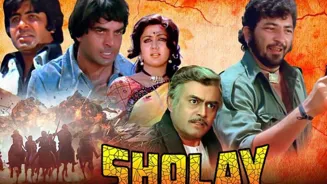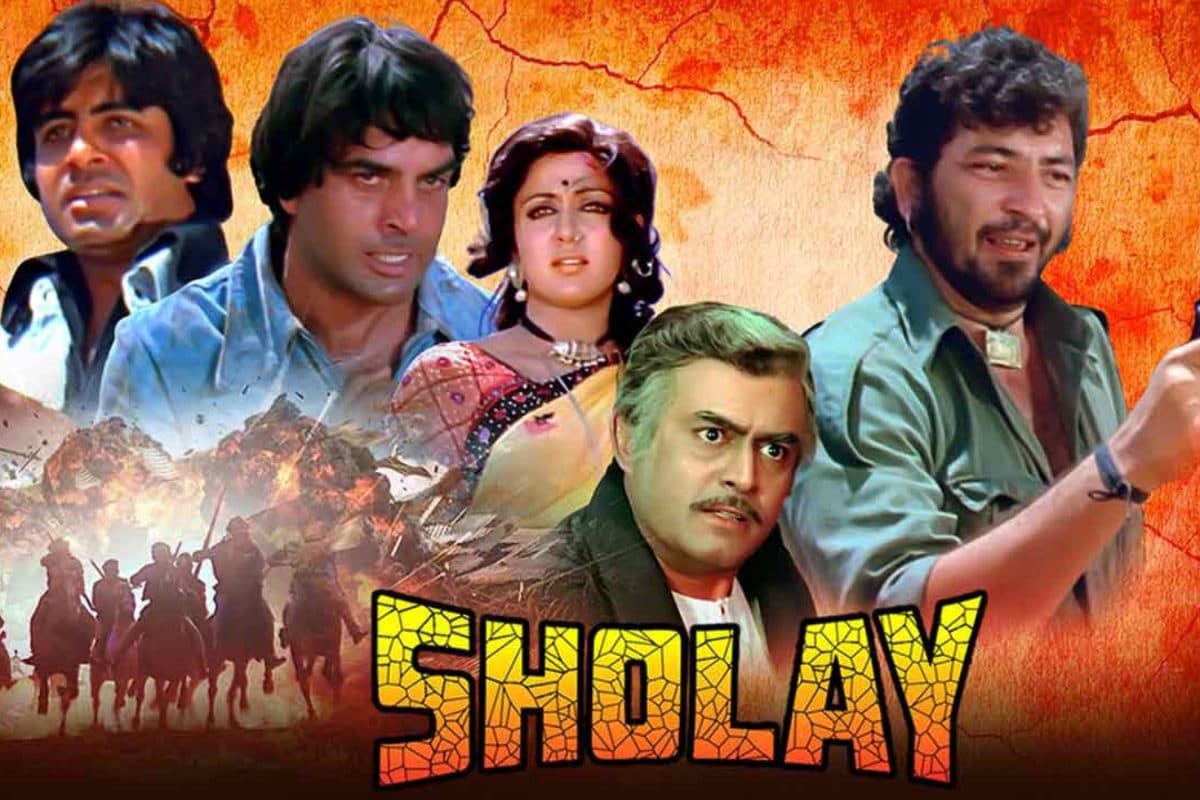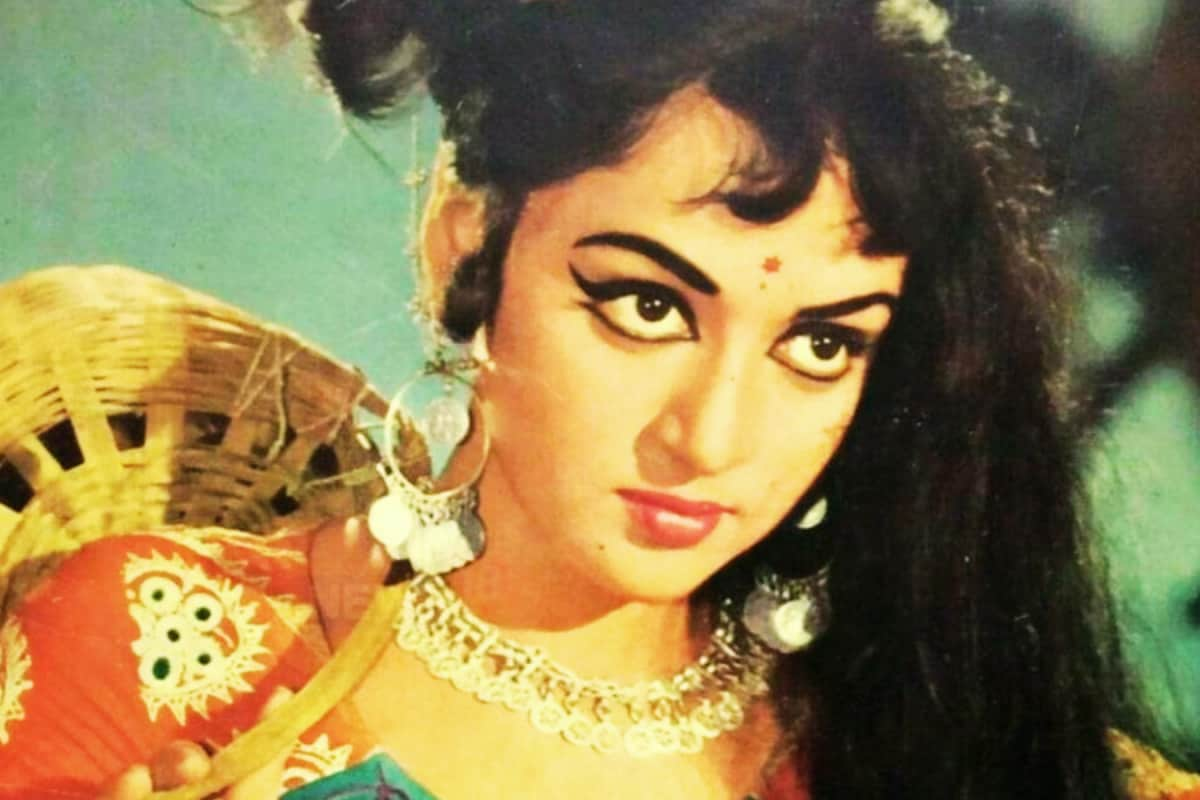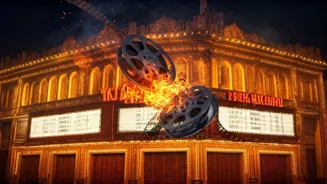The Forbidden Climax
Originally, Salim-Javed envisioned Gabbar Singh's demise at Thakur's hands, a brutal act of vengeance. The Central Board of Film Certification (CBFC) objected,
especially in 1975, the year of Emergency. Despite pressure from the producer, the original ending was cut, with the new ending showing Gabbar being arrested by the police instead.
Censorship's Impact
The CBFC's intervention wasn't limited to just the ending; several violent scenes were also trimmed. Director Ramesh Sippy was initially furious about the changes, even considering removing his name from the film. However, with the release date approaching, he agreed to reshoot the climax to satisfy the censors.
Restoration and Reveal
Fifty years later, the Film Heritage Foundation (FHF) restored 'Sholay', including the original ending. Shivendra Singh Dungarpur, a film historian, highlighted the profound impact the original climax had on the narrative. It was the moral vision that the director and Salim-Javed had originally wanted to show.
The Original's Power
Writer Anjum Rajabali believed the original ending was far more impactful. It portrayed Thakur's transformation from a man seeking justice to one consumed by hatred, mirroring Gabbar's own cruelty. The restored film presents both the reshot climax and the original ending.
A Final Cut
The discovery and restoration of the original climax added a new layer to the movie. The restored film is now being celebrated as the ‘final cut’. The audience can now experience both the reshot climax and the original ending.













